
Subscribe to my Newsletter
Get the latest travel inspiration straight to your inbox!
By submitting you agree to your data being stored for newsletter purposes. Read more.

Get the latest travel inspiration straight to your inbox!
By submitting you agree to your data being stored for newsletter purposes. Read more.

Where to find the most beautiful churches in Salzburg: Travel Guide for Salzburg with insider tips and secret spots!
I’m not particularly religious, but churches and religious sites are always one of my go-to places when sightseeing in foreign places – they tell a lot about culture and society. And in Salzburg, with 800 years of church history, there is simply no getting around churches. Therefore, in this article I present you some highlights of the church city of Salzburg. And at the end it even gets really mystical!
Tips for the Salzburg trip:
➜ The most important attractions in Salzburg
➜ Salzburg Card to save on admission & ticket for public transport*
➜ Food Guide Salzburg
➜ Best hotel deals in Salzburg*

Welcome to my travel blog
Hey, I’m Tatiana and I’m the blogger behind The Happy Jetlagger. Since 2014, I’ve been sharing my personal travel stories on this blog. I don’t have a big team behind me, so I’m pretty much a one-person show: I’ve researched and tested all recommendations myself.

First lesson: Because of its really many churches Salzburg is also called “Rome of the North”. Which I found very funny, because I just came from a trip through Venice and Rome. And could compare directly: Salzburg really has Italian features. Not only because of the architecture, which was significantly influenced by the then Prince Archbishop Wolf Dietrich von Raitenau (1559-1617), but also because of the Salzburgers’ joie de vivre and the breath of dolce vita that wafts through the city. Music and more music, lots of art and culture, a good atmosphere despite Salzburg’s frequent “Schnürl rain” and of course, as befits an almost-Italian city, a penchant for delicious food garnished with a pinch of piety: Italy really isn’t far away anymore.

In general, the said prince-archbishop was quite a rascal. A small scavenger hunt was organized for us as part of the program: We were supposed to find the old treasure of the prince archbishop and for this purpose we sped across Salzburg for one day – to finally find out that Wolf Dietrich’s secret treasure was his mistress Salomé, with whom he fathered 15(!) children. Celibacy and all that. Back then, things were wilder in church than Dallas and Denver Clan combined! But I don’t want to say anything – Salomé is said to have invented the Salzburger Nockerln, and without Salomé and the enterprising Wolf Dietrich I would probably have one favorite dessert less now! (More about Salzburger Nockerln in the Food Guide.)


Salomé is also immortalized in a tiny way in the dome of the otherwise pompous mausoleum of Wolf Dietrich von Raitenau, which we were then able to see for ourselves. Unfortunately, you are not allowed to visit the mausoleum regularly from the inside, but the St. Sebastian cemetery, where it is located, is also worth seeing.
You can find even more insider tips for Salzburg & tips for sightseeing in my Salzburg blog

I’m not the ultimate cemetery goer – it creeps me out a little, on the other hand cemeteries always make me sad – but a bit of cemetery culture is part of church Salzburg after all. Especially when such curious stories emerge as that of the Salzburg man who is said to have tickled each of his seven wives to death. The women’s graves are located in St.Peter’s Cemetery, just behind Salzburg Cathedral and at the foot of Hohensalzburg Fortress.

Apart from the fact that the graves of Mozart’s equally musical sister Nannerl, of Johann Michael Haydn, the pioneer of sacred music, and of all Salzburg’s celebrities are located here, a visit is worthwhile for the catacombs alone. They’re not really catacombs, strictly speaking, since the caves carved into the rock never served as tombs, but it just sounds good, whatever. And the caves above St. Peter’s Cemetery do look a bit like catacombs. By the way, from here you have the most beautiful views of Salzburg!
Ad / *affiliate links
+++ Exclusive +++
Get 5% off on any GetYourGuide tour
Code: THEHAPPYJETLAGGER5
Almost next door is the Salzburg Cathedral, one of THE tourist attractions of Salzburg. Not without reason, because the huge cathedral impresses even non-churchgoers like me, as I could already see during my first visit to Salzburg in spring. If you want to avoid the crowds of tourists, just go next door to the Cathedral Museum. It costs admission, but if you’ve treated yourself to a Salzburg Card* beforehand, you just slip past the checkout line and get in.
The Salzburg Card, which is available for 24, 48 or 72 hours, also costs – but it’s worth it if you know in advance that you definitely want to visit some of the sights, such as the Hohensalzburg Fortress, the museums or the Mönchsberg.
➜ Here you can buy the Salzburg Card in advance*

The stairs leading up to the cathedral museum are conspicuously flat, wide and elongated – and this is not to enable the ladies of the time to climb up elegantly in their waistcoats: The stables for the horses were on the upper floor, and they actually had to climb up and down the stairs day in, day out. What the poor little horses had to endure back then….

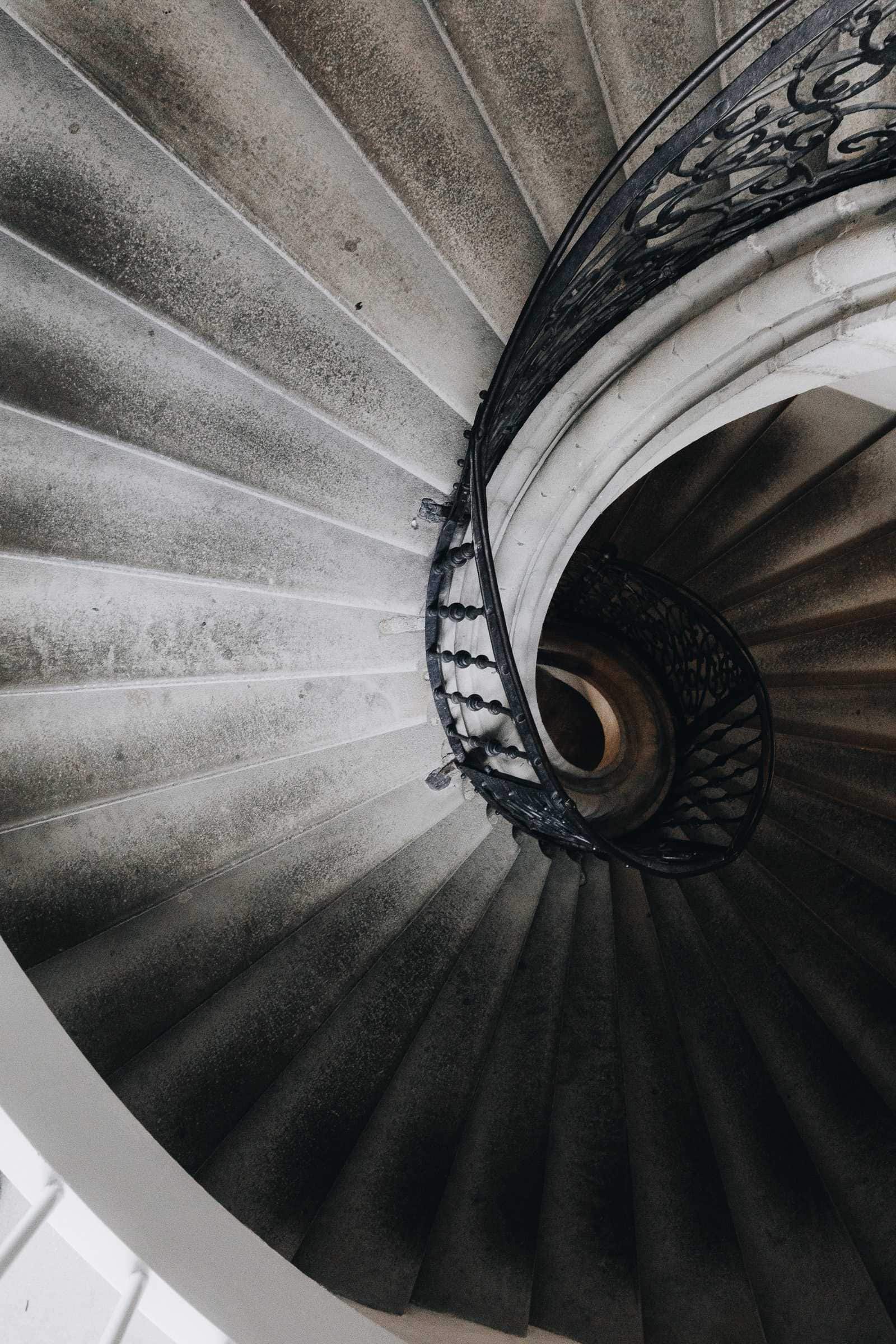
The horses were then probably also cordially indifferent to the pompous premises, but the pomp is quite impressive for ours. Through the cathedral museum you then go over a terrace with a fantastic view (hello mega photo spot!) and a few hidden stairs over to the cathedral – where you suddenly then stand on the gallery right behind the ancient cathedral organ! Not many people seem to know, so you are quite undisturbed up there and can enjoy the great view of the cathedral interior from there, while down below the crowds press through the aisles.
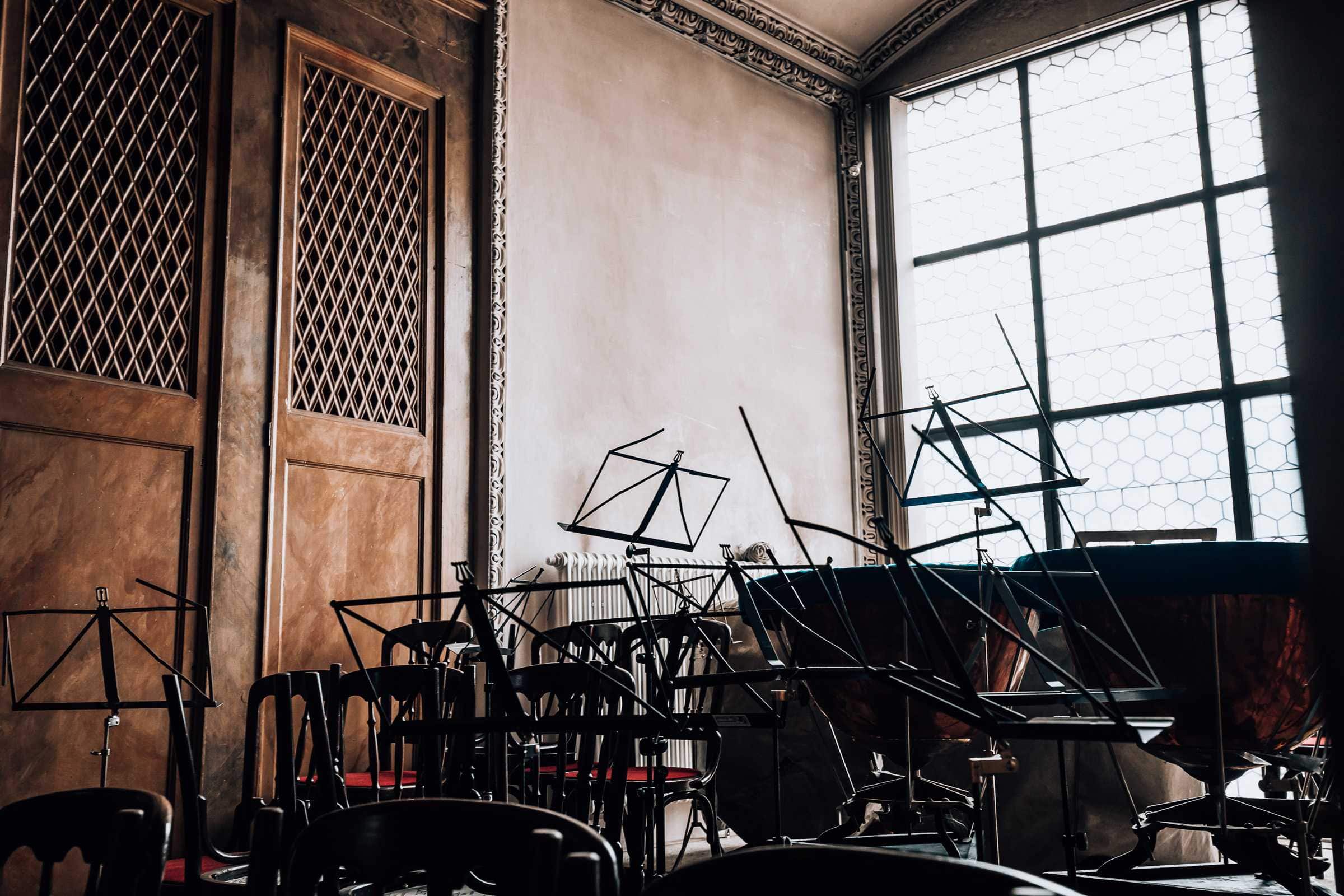


They simply walk past one of the small, fine secrets of the cathedral: directly at the main portal, fine scribbles can be seen, probably carved into the stone by bored guards hundreds of years ago – medieval street art, so to speak!

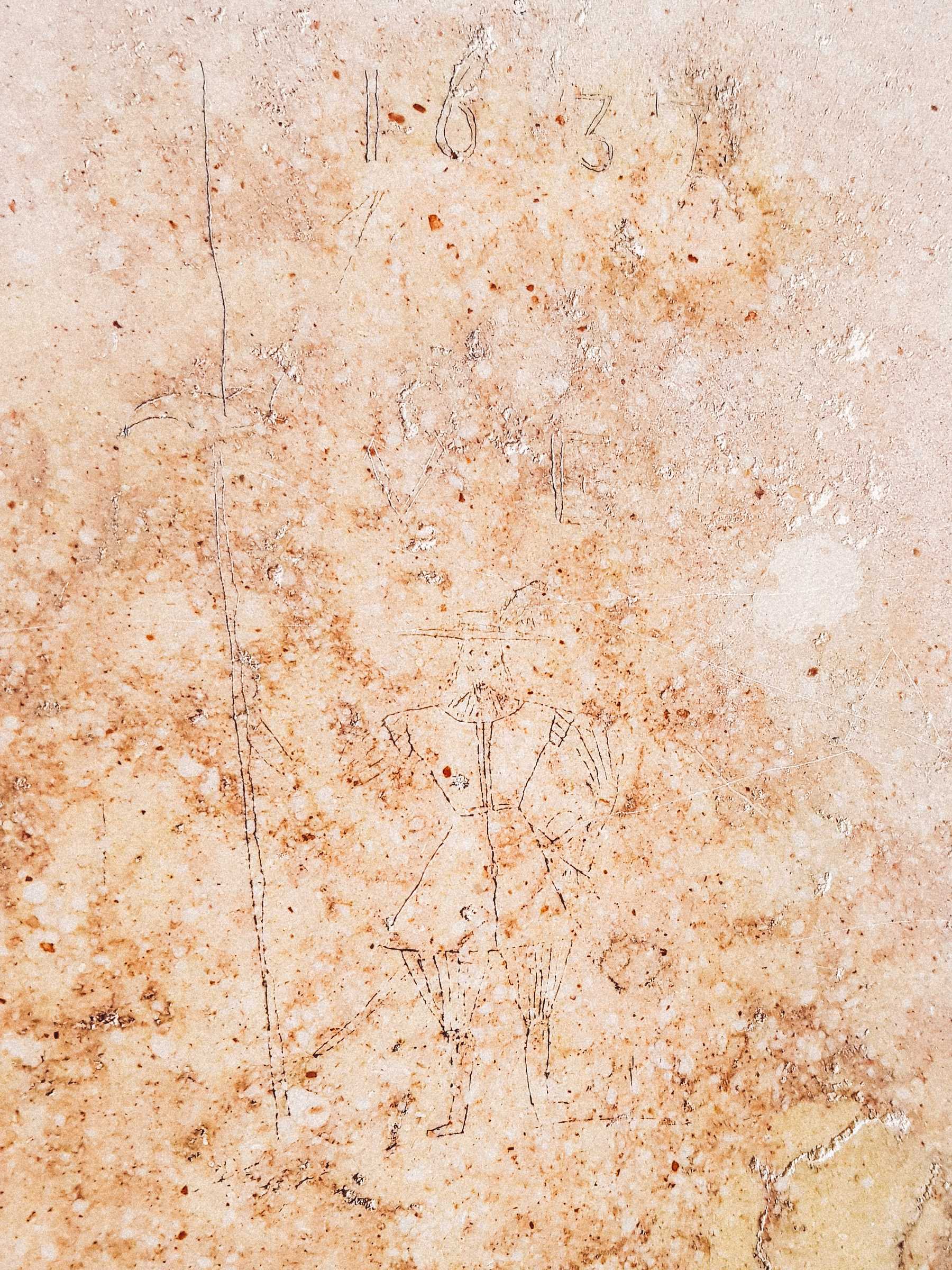
An insider’s tip for church Salzburg is the Kajetanerkirche with its Scala Santa, a centuries-old replica of the famous model in Rome, which is said to have come from Pontius Pilate’s palace and which Jesus is said to have entered at the time before his trial. However, the Salzburg Scala Santa may be entered like the great role model only on knees, and this is also paid attention on site! (For that, there’s a remission of sins for devout Catholics). The Scala Santa is located in an adjoining room of the also otherwise very pretty Kajetanerkirche and may only be visited (or slid up on knees) within one hour per week: Every Saturday from 10 to 11 am – and not a minute earlier or later. This is probably one of the reasons why Scala Santa is one of the insider tips in Salzburg.

Things got really mystical when we set off at dawn for the Nonnberg, or more precisely the Benedictine Abbey of St. Nonnberg. Not only was this also one of the locations for the old Hollywood movie “Sound of Music”, but in modern times it hides a Salzburg secret that not even all the locals know.

In Nonnberg Abbey, the Benedictine nuns always and without exception start their day with the singing of chorales, which you can listen to in the nave downstairs under dim lighting. Just walk in, enjoy the devotional atmosphere and listen to the music. And additionally you are rewarded afterwards outside with a postcard-perfect sunrise over the Nonntal! Very worth seeing and hearing insider tip in Salzburg!

Faithful Catholics go on pilgrimage to Maria Plain – and the others? Like me, they enjoy the mega view of Salzburg, the mountains, the greenery and traditional customs.

The pilgrimage church Maria Plain was built in the 17th century because the image of grace Maria Plain was the only object that remained intact during a serious house fire – and this was such a great miracle for the believers of the time that it deserved a church. Today Maria Plain is a place of pilgrimage and even lies on the Austrian Way of St. James.

What it has to do with pilgrimage sites like Maria Plain and the origin of pilgrimages, you can learn from my blogger colleague Ilona from wandernd.de!


By the way: If you come to the Sunday service, you still get a lot of local color – all visitors dress in the finest traditional costumes, and together with the gorgeous mountain scenery outside and the magnificently restored chapel inside, you can dive deep into alpine culture!


Arrival: It’s best to rent an e-bike in the city of Salzburg (then it’s not quite as bad uphill) and incorporate a visit to Maria Plain into a bike tour along the Salzach River. You can take a break with a mega panoramic view either in the traditional Plainer Ansitz with a snack and Stiegl beer or more upscale next door in the Gasthof Maria Plain.
When I’m looking for accommodations, I also always like to stick to the theme of the place I’m in. Because nothing helps better to immerse yourself in the local atmosphere than to spend the night accordingly. What could be more natural than to spend the night in a religious place in a city like Salzburg with such a great church history?
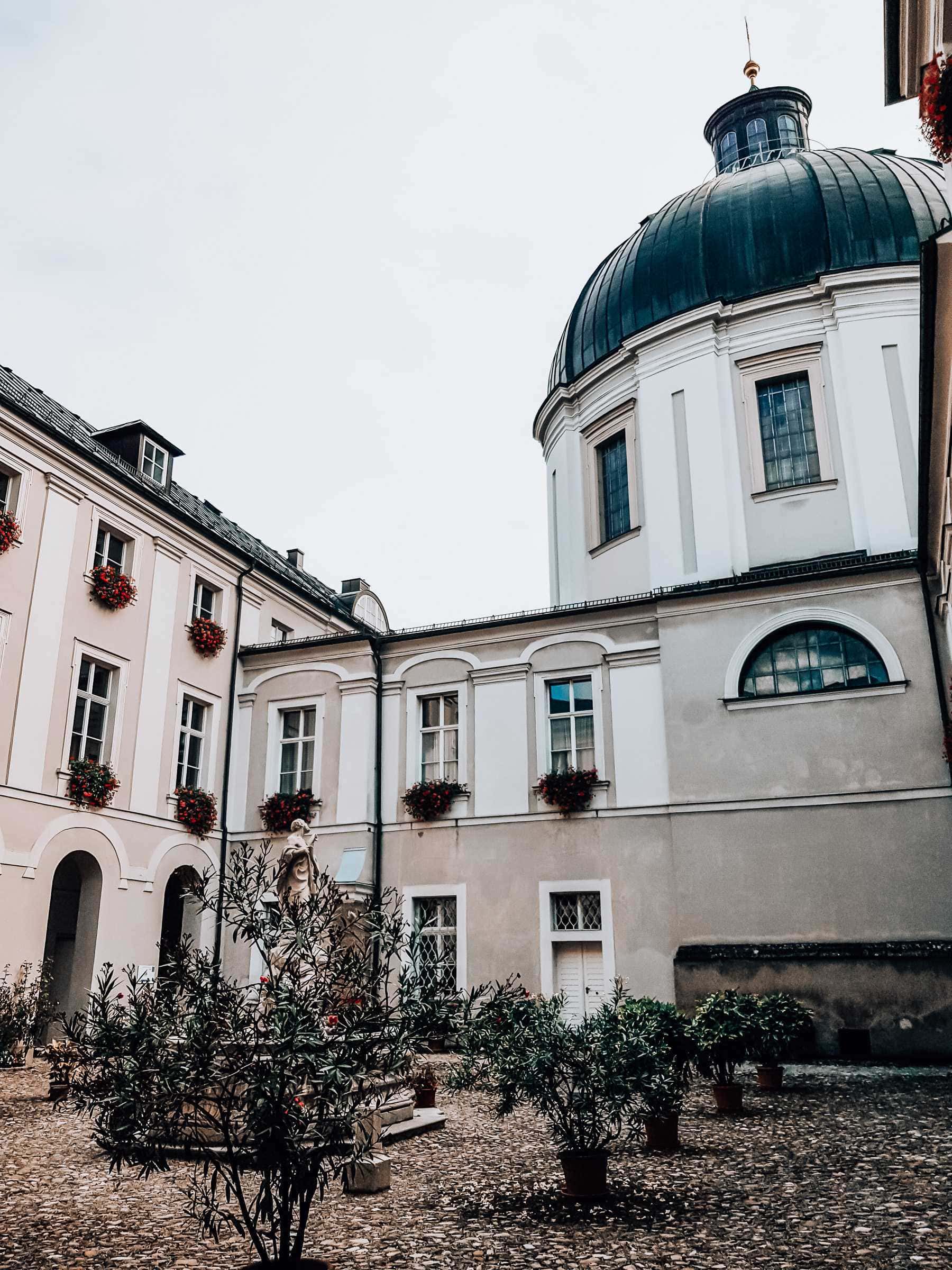
In total there are six so-called religious accommodations in Salzburg: the Johannes-Schlößl of the Pallotines*, the Hotel St.Virgil Salzburg*, the Guest House Wolf Dietrich and Thomas Michels, the House St. Benedict, the Institute St. Sebastian* and the Gästehaus im Priesterseminar *.
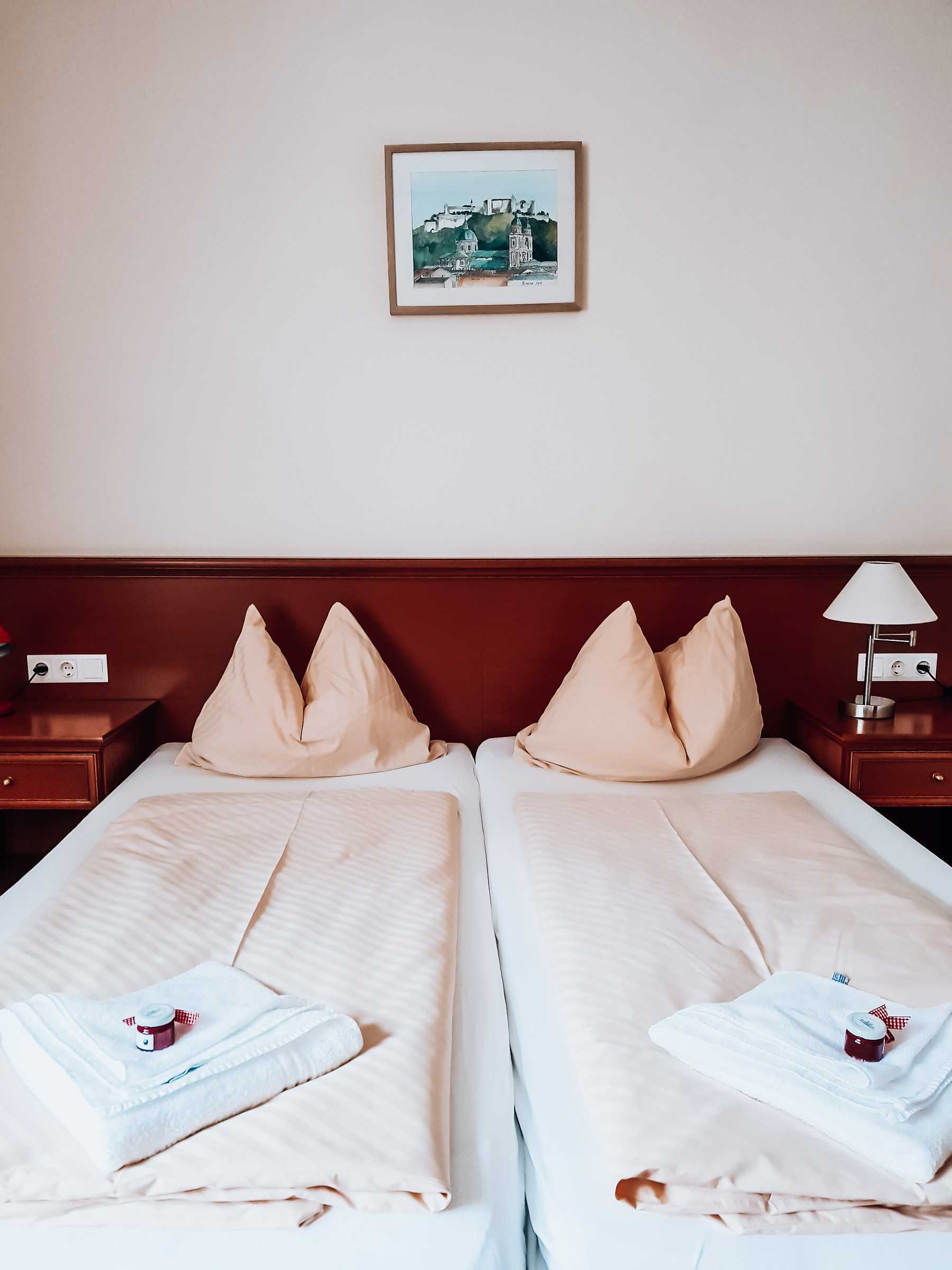

All accommodations are in the hands of church sponsors and affordable. The Gästehaus im Priesterseminar*, for example, calculates the room price according to the number of people, so you pay less for a double room as a single traveler than as a couple, which I find particularly sympathetic and fair. The location is totally central and impressive, rooms super neat and clean, and from washing machine to shared kitchen the facilities are perfect. So if you don’t mind falling asleep under a huge wooden cross without a TV (which is only available in the common room), I can only recommend this accommodation! But I was already convinced at the latest after the homemade Priest House jam as a welcome bedtime snack on my pillow (isn’t that sweet?).
With me in Salzburg on a scavenger hunt were Nele, David, Victoria, Sonja, Benedikt and Lisa – and on their (also otherwise very readable!) blogs you can also find much more about Salzburg!

Salzburg at a glance:
I was invited on this trip by the Salzburg Tourist Office in cooperation with Miss Flora.